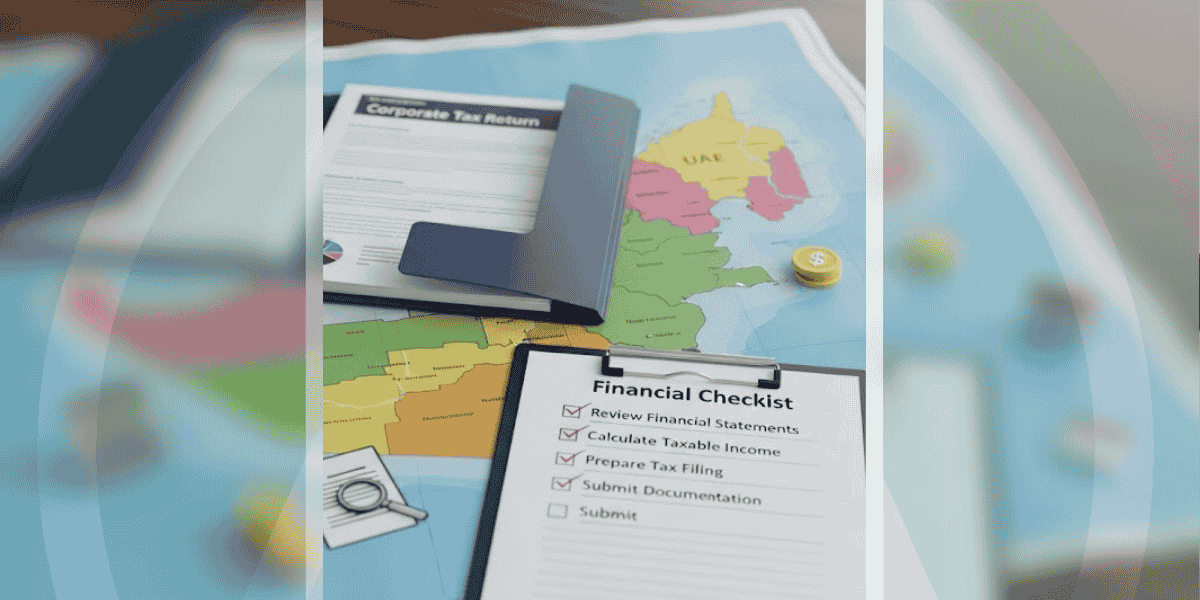Mastering Debits and Credits: Recording Transactions with Precision

If accounting terms have ever felt confusing, here’s some good news: understanding the basics doesn’t have to be hard. Two words you’ll see everywhere, debit and credit, are the heart of every financial record. Whether you’re looking at business transactions or your own personal budgeting, everything connects back to these two terms.
Let’s break them down in plain language and show how they work in everyday situations. Once you get this, the rest of accounting becomes a lot more straightforward.
What Are Debit and Credit?
In accounting, every transaction has two sides: something comes in, and something goes out. That’s where debit and credit come in.
- Debit goes on the left side of the ledger.
- Credit goes on the right.
They keep the books balanced. If money enters one account, it must leave another.
Let’s say your business buys equipment for AED 5,000. You’re gaining equipment (an asset), so you debit your equipment account. You’re losing cash, so you credit your bank account. Simple.
But there’s more to it than that. Every type of account, assets, liabilities, equity, revenue, and expenses, responds differently to debits and credits. The secret is knowing which side increases and which side decreases each account type. That’s what helps keep everything aligned.
Why Do Debit and Credit Matter?
These entries aren’t just there to fill up reports. They:
- Keep your financial records accurate
- Help generate reports like your balance sheet and profit and loss
- Make sure your books always stay in balance
- Tell a story about your financial decisions over time
Whether you’re handling accounts yourself or reviewing reports from your accountant, understanding these basics means you can ask better questions and spot errors quickly.
They’re the foundation of double-entry accounting. Without them, you wouldn’t be able to trace where your money goes, what you owe, and what you own.
How Debits Work
Debits increase the following:
- Asset accounts (like bank balances or inventory)
- Expense accounts (like utilities or salaries)
Debits decrease:
- Liabilities (like loans)
- Revenue
- Equity (your ownership value)
Example: Your business pays rent. Rent is an expense, so you debit the rent expense account. Cash goes out, so you credit the bank.
This may seem backward at first, but once you connect it to account types, it makes more sense. Debits don’t always mean money is leaving; often mean value is being added in a different way, such as building assets.
How Credits Work
Credits increase:
- Liabilities (like loans or credit card balances)
- Revenue (sales income)
- Equity
Credits decrease:
- Assets
- Expenses
Example: You make a sale worth AED 1,000. You credit your revenue account. If the sale was made on credit (not paid yet), you debit accounts receivable. If it was a cash sale, you debit your bank account.
Credits represent value going out or obligations being created. In revenue, it’s income earned. In liabilities, it’s money you now owe. Understanding this helps you interpret your financial standing at a glance.
How They Work Together
Every financial move has at least one debit and one credit. That’s what makes double-entry accounting work.
Let’s break down a common example:
You buy office supplies for AED 500 in cash.
- Debit Office Supplies (expense)
- Credit Cash (asset)
Another example:
You take out a business loan of AED 10,000.
- Debit Cash (you now have more money)
- Credit Loan Payable (you owe more)
This balanced entry ensures that your total debits always equal your total credits. If they don’t, something’s off. Your accounting system is designed to catch these issues, but knowing what to look for makes you more informed and in control.
Everyday Mistakes and How to Avoid Them
Getting debits and credits wrong can lead to confusing financial statements. Here are a few things to watch for:
- Mixing up what side to use for different accounts
- Forgetting that not all credits are good (like loans)
- Not balancing the entry with a matching debit or credit
- Using only cash logic—remember, accounting isn’t only about cash
When in doubt, ask: “What’s increasing, and what’s decreasing?” That usually clears it up. And if something seems odd in your reports, trust your gut and investigate.
Example Scenarios
Let’s look at a few examples:
Buying a Laptop:
- Debit Equipment (you gained an asset)
- Credit Bank (you paid cash)
Paying Employee Salaries:
- Debit Salary Expense
- Credit Bank
Getting Paid by a Customer:
- Debit Bank (money in)
- Credit Sales Revenue
Paying Off a Loan:
- Debit Loan Payable (decrease liability)
- Credit Bank
These examples show that every action affects two accounts. This double-entry style is what keeps your business books clean.
And once you get familiar with this, you’ll find you’re thinking in debits and credits almost automatically.
The Rules of Debits and Credits by Account Type
Assets:
- Debit increases
- Credit decreases
Liabilities:
- Debit decreases
- Credit increases
Equity:
- Debit decreases
- Credit increases
Revenue:
- Debit decreases
- Credit increases
Expenses:
- Debit increases
- Credit decreases
When you know these rules, you’ll always know what side to use.
Learning the Logic Behind the System
Accounting isn’t just about memorising rules. It’s about learning how money flows and how each entry tells a part of that story. Debits and credits help tell that story in an organised way.
Think of it like cause and effect. If you spend money on a marketing campaign, your marketing expense account goes up (debit) and your bank goes down (credit). If you receive an investor deposit, your bank account rises (debit) and your equity account increases (credit).
Seeing this system play out day by day builds a deeper understanding of how business finance works.
Why Business Owners Should Understand This
Even if you’re not an accountant, understanding the basics of debits and credits helps you:
- Read your reports with confidence
- Catch errors before they become problems
- Make better financial decisions
- Communicate better with your accountant or bookkeeper
You don’t need to memorise complex terms. You just need to understand how money moves in and out of your business. Once you do, you’ll see your finances more clearly.
And it’s not just about reporting; it’s about strategy. Knowing how to track where your money goes helps you plan where it should go next.
Final Thoughts
Debits and credits aren’t just terms for accountants; how your business tells its financial story. Each entry shows what’s happening behind the scenes.
If you’re in the UAE and want to make sense of your business books, we’re here to help. At Alpha Pro Partners, we work with business owners to make accounting simpler and more useful. Whether you’re just getting started or scaling up, understanding the basics can make all the difference.
FAQs
What is a debit in accounting?
It’s an entry on the left side of an account. It usually means an increase in assets or expenses.
What is a credit in accounting?
It’s an entry on the right side. It usually means an increase in liabilities, revenue, or equity.
Do debits always mean money going out?
Not always. Debits can mean cash going out, but they also increase assets.
Do credits always mean income?
Not exactly. Credits can increase revenue, but they also increase liabilities or equity.
Why do debits and credits have to balance?
To keep your accounts accurate. Every action has two sides.
What happens if debits and credits don’t match?
It means there’s an error in the books that needs to be fixed.
How do I know which side to record on?
Follow the rules by account type (asset, expense, etc.).
Can I use accounting software to handle this?
Yes, but knowing the basics helps you review reports and spot issues.
Is this only useful for businesses?
Not at all. Anyone managing money can benefit from understanding this.
Can Alpha Pro Partners help with this?
Absolutely. We support UAE businesses with clear, practical accounting advice and services.
What’s the best way to start learning accounting basics?
Start with understanding how common transactions are recorded. Try looking at your own expenses and tracing how they would be entered.
Are there tools that help with debits and credits?
Yes. Tools like Xero or QuickBooks handle entries behind the scenes, but knowing how it works gives you more control.

.webp)







%20Widgets%2C%20Shortcuts%20%26%20Customisation.jpg)







.webp)
.webp)


.png)
.png)
.png)
.png)
.png)

.png)
.png)



.png)
.png)





.jpg)


.jpg)





.png)
.png)






.png)


